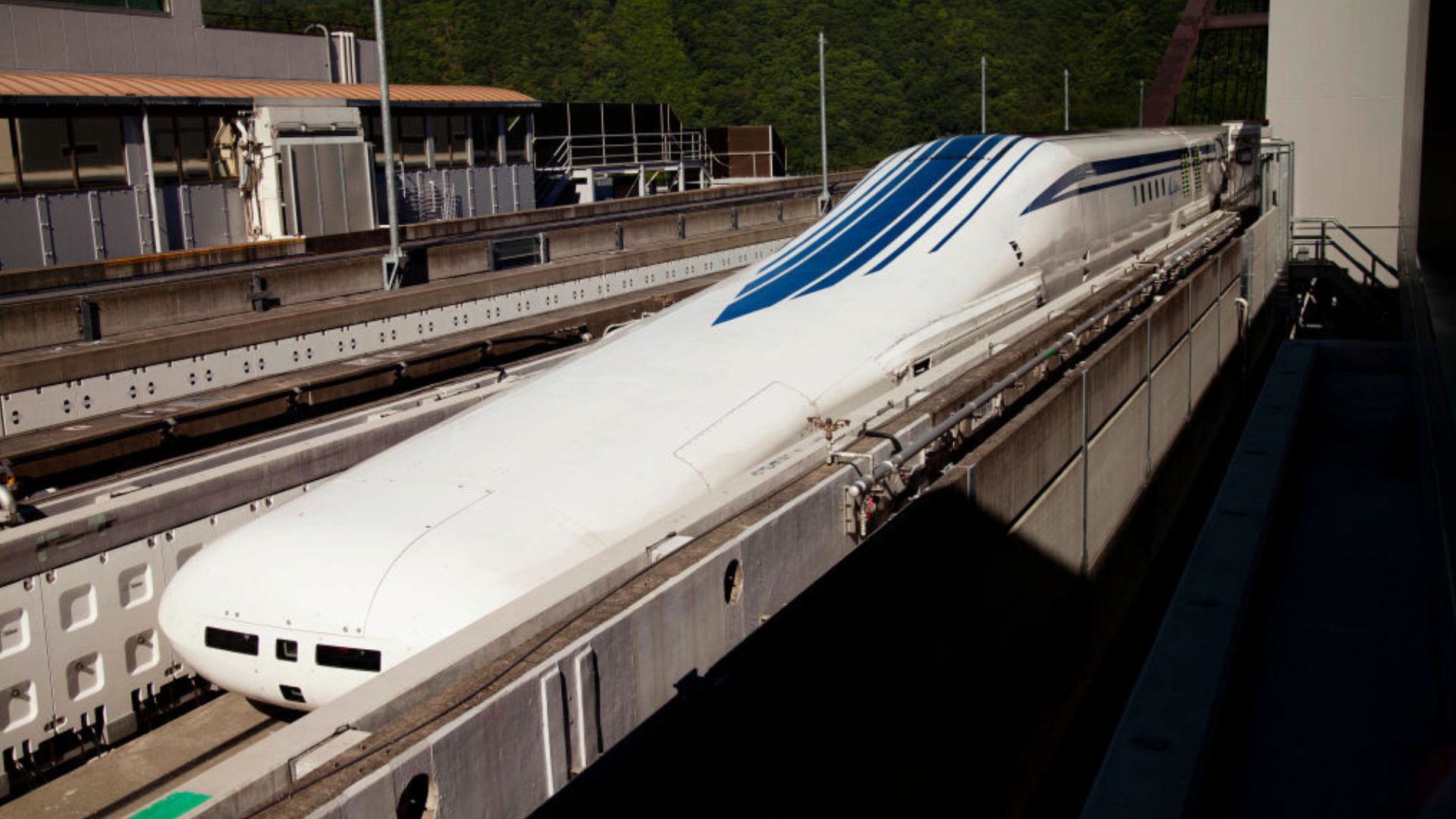Why maglev trains thrive in Asia while US and Europe lag behind

Source: interestingengineering
Author: @IntEngineering
Published: 9/15/2025
To read the full content, please visit the original article.
Read original articleMaglev trains, which use magnetic levitation to float above tracks and reach speeds comparable to jets, have seen significant development and deployment in Asia, particularly in Japan and China, while Western countries like the US and those in Europe lag behind in adopting this technology. Asia’s leadership in maglev stems from a long history of high-speed rail innovation, beginning with Japan’s Shinkansen bullet trains in 1964 and China’s extensive high-speed rail network, which today accounts for about two-thirds of the global total. China pioneered commercial maglev with the Shanghai Maglev line in 2004, reaching speeds of 431 km/h (268 mph), while Japan’s superconducting maglev (SCMaglev) has set a world speed record of 603 km/h (374 mph) and is constructing a line to drastically cut travel times between Tokyo and Nagoya.
Maglev technology operates on magnetic principles, using powerful electromagnets to lift and propel trains without physical contact with the tracks, eliminating rolling
Tags
energytransportationmagnetic-levitationhigh-speed-trainsmaglev-technologyelectromagnetisminfrastructure